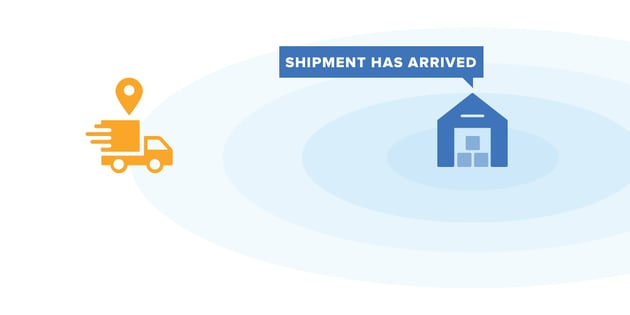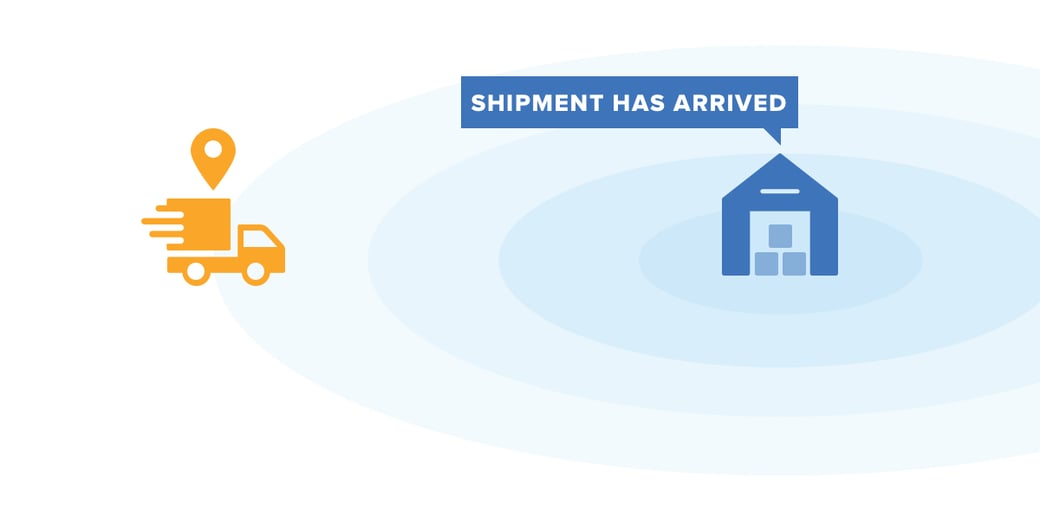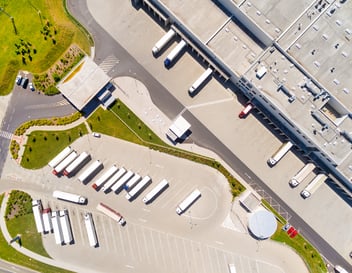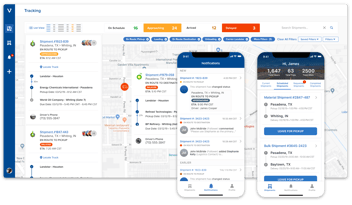Insights
Trends in Logistics for 2021
 As the industry navigates the re-emergence from the global disruption, there’s a greater focus on the supply chain. Pressures surmount like never before, and all facets of the supply chain have been permanently affected—but none more than logistics. The entire logistics industry has seen the world turned upside down in response to today’s constantly evolving world.
As the industry navigates the re-emergence from the global disruption, there’s a greater focus on the supply chain. Pressures surmount like never before, and all facets of the supply chain have been permanently affected—but none more than logistics. The entire logistics industry has seen the world turned upside down in response to today’s constantly evolving world.
Agility, flexibility, and resiliency were keys to survival and are still of paramount importance. The need to adapt to the new norms of touch-less and contact-free models has challenged the logistics industry to alter almost all established processes and procedures. Traditional thoughts, responses, and actions will not be good enough to succeed going forward. Strategically deployed digital initiatives and technologies will help usher in the change, minimize lasting effects, and will be relied upon even more so going forward.
Across logistics functions, our clients are focusing on the prioritization of selective digital transformation initiatives to increase throughput, eliminate manual errors, and reduce harmful ESG activities (paper, carbon, etc.) while limiting interaction and risks. Specifically, we are seeing the following:
The current situation with digital logistics
- The industry is increasingly looking to create logistics partnerships that combine technology and experienced people locally and globally.
- Edge technologies, primarily IoT, are becoming more prevalent in logistics to connect separate physical devices to monitor and transfer relevant data in real-time.
- Drivers utilize automated order entry where all order information imbeds into QR codes, streamlining manual processes and eliminating contact with outside personnel.
- Increased use of data analytics to provide real-time insights for all phases of logistics - from optimizing fleet schedules, maintenance, and risk management
- Green/Sustainable logistics is mainstream—growing focus on alternative fuel vehicles, fuel usage, consolidation of shipments, and eliminating paper documentation for cost-saving measures. As an industry, the financial market and government demand for these types of services increase.
- Customer experience, visibility, and satisfaction have become more efficient as shippers recognize last-mile deliveries as the most crucial part of logistics.
Benefits of digital tools in logistics
- Improved efficiency, transparency, and governance
- Real-time visibility and monitoring of goods, surveillance, and fleet management
- Increased end to end visibility
- Proactive decision making
- Increased customer experience, satisfaction, and loyalty
Going forward
In 2021, companies will need to become more efficient, sustainable, and flexible with their logistics and transportation functions. The trends we saw in 2020, focused on remote, contactless, and touchless, will continue as the industry re-emerges and faces a predictably unpredictable landscape. We must change traditional activities and standard operating procedures of the past to adapt to the new norms. Enhanced technology and digitalization will help modernize these practices while leading to increased operational efficiency, safety, and overall customer satisfaction.
If you’re ready to digitize your processes and procedures, contact our team to get started.



